Green Mountain Parts
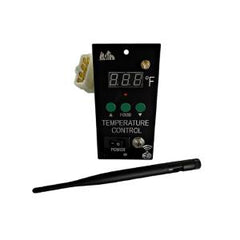
Green Mountain Grill Parts
If Combustion blowers are the heart of a pellet stove then control boards are the brain. Nearly all control boards made in the past 15 years are digital processors. Running simple programs together with switches and controllers which can very accurately monitor what’s going on at any given stage or combustion and provide error reporting, however; like most low voltage digital processors, they are prone to damage through power surges. Unplug the unit when you’re not using it and always use a surge protector or power conditioner between the outlet and the appliance to protect your investment.
POWER ADAPTER CONVERTS 110V AC TO 12V DC
Guaranteed quality or your money back!
COMPATIBLE WITH T...
$34.99
$99.95
Green Mountain Grill 15 AMP A/C ADAPTER- P-1283
15 AMP power adapter.
Guaranteed to work on your...
$35.99
$99.95
Green Mountain Grills Updated 12V Ceramic Igniter for Jim Bowie And Daniel Boone Prime Pellet Gri...
$10.99
$32.99
Wifi Digital Control Board – DBWF 110V
Includes: New WiFi Board and Antenna.
Replacement WiFi ...
$169.99
$189.00
Currently Out Of Stock
Green Mountain P-1221, 12V Combustion Fan for Ledge, Peak, Jim Bowie & Daniel Boone Prime and...
$44.99
$54.99
Green Mountain Grills, Davy Crockett & Trek 23' 12V Power Cord, P-1012, OEM
This cord is for ...
$18.99
$24.99
Green Mountain Grill 12V Auger Motor for Jim Bowie and Daniel Boone Prime & Prime Plus, Ledge...
$59.99
$64.99
Currently Out Of Stock
Green Mountain Wiring Harness for Davy Crockett Prime, P-1027
Replacement Wiring Harness for Davy...
$19.99
$24.99
Currently Out Of Stock
Green Mountain Grills 200 Watt Igniter. Jim Bowie Choice & Daniel Boone Choice Grills, P-1099...
$10.99
$31.99

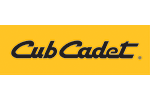





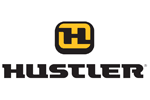
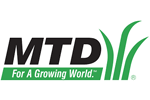
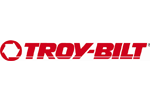
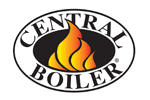
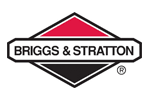
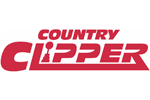








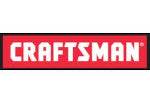
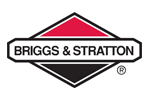
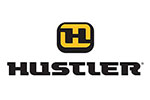
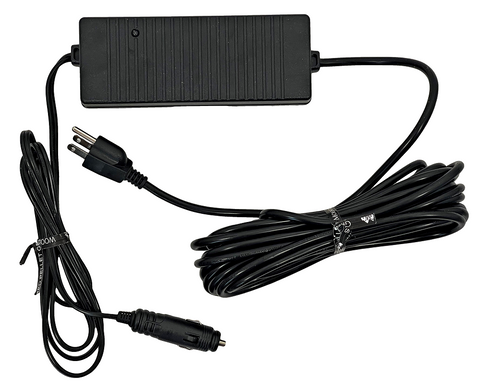
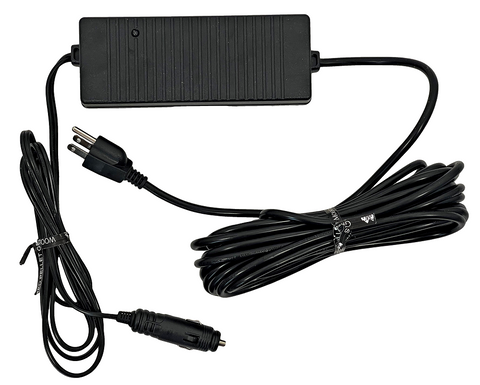
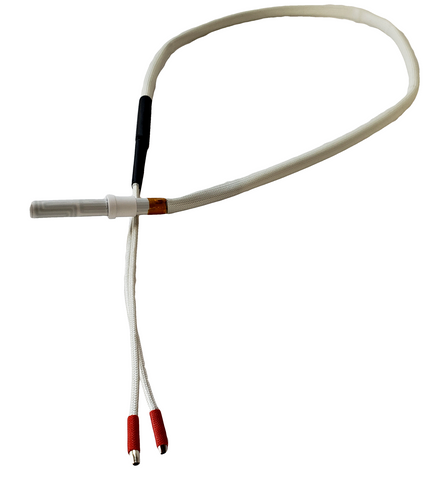
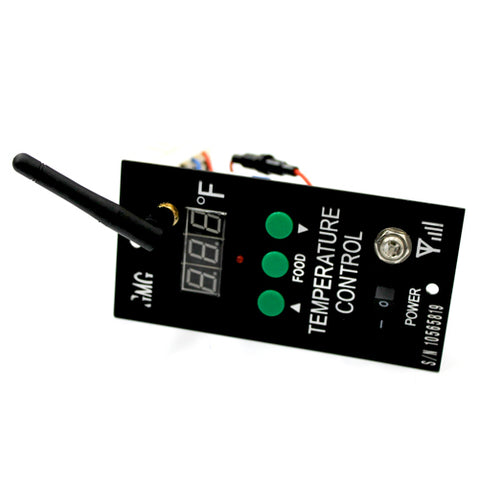
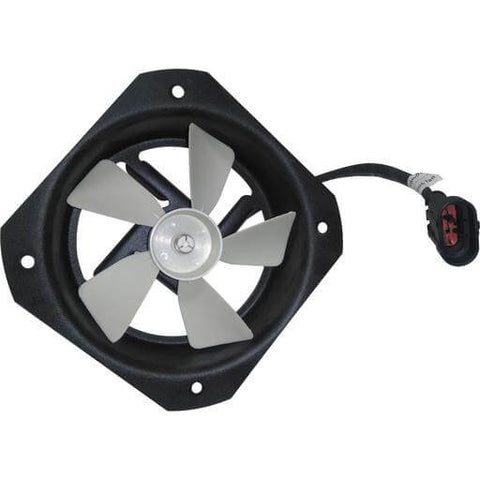
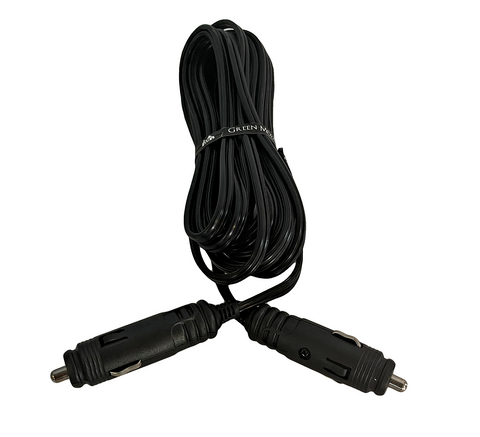
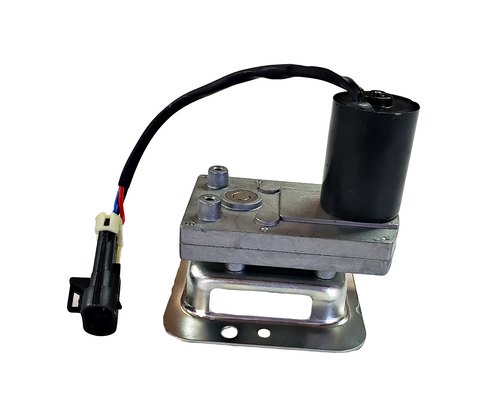
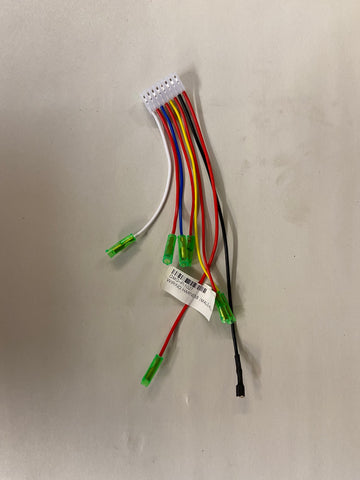
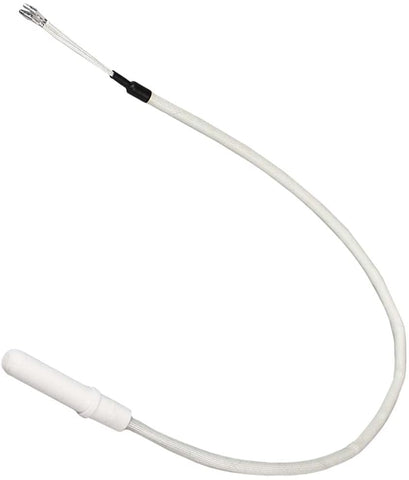
Connect with us